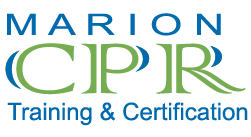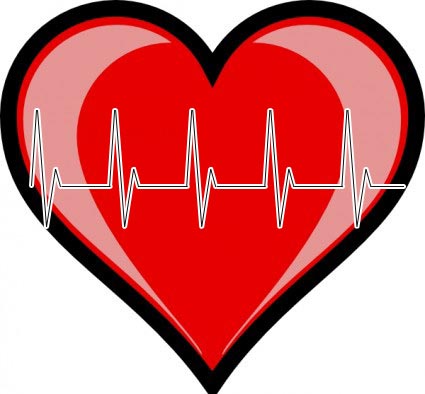CPR or Cardiopulmonary Resuscitation, is a life saving skill that when performed correctly can be the difference between life and death to someone experiencing cardiac arrest. We encourage everyone to make the time to obtain CPR certification. Research has shown that immediate CPR can double and even triple a persons chance of survival. Below you will find the basic steps recommended to perform high quality CPR. This list is designed to help those certified in CPR to remember the proper steps. We highly recommend registering for a CPR class if you are not CPR certified.
- Check for safety and responsivenessMake sure the scene is safe. Next, tap the person on the shoulders twice while asking “Are you OK”.
- Shout for Help and Call 911If the person is unresponsive you need to contact 911. Shout for nearby help and ask the person to dial 911 and get an AED, automatic external defibrillator. If nobody is there to help, you need to contact 911 yourself and grab an AED if available.
- Check for breathingNext, we need to check for breathing. If you are not a medical professional do not check for a pulse. Scan the chest for at least for 5 seconds, but no more than 10 seconds for breathing. If you do not hear or see breathing you will need to start CPR.
- Begin compressionsPlace the heel of one hand on the lower half of the breast bone in the center of the chest and place your other hand on top. Position your shoulders over top of your hands so you can use your body weight to provide compressions. You will need to push hard and push fast during compressions. Compressions should be 2 inches deep on adults and 1/3 the depth of chest on children and infants. Allow for the chest to completely recoil after each compression. Perform compressions at a rate between 100 to 120 a minute.
- Delivering breathsBreaths should only be given if you have a barrier device or are performing CPR on a loved one that you do not feel you need a barrier device. If you do not have a barrier device, do hands only CPR and do not deliver breaths. After every 30 compressions you will deliver 2 breaths. Place one hand on the persons forehead and pinch the nose closed. With the other hand place 2 finger under their chin. Gently tilt the head back with the one hand and lift the chin with the other to open the airway. Create a seal over the persons mouth and deliver 2 breaths while watching for the chest to rise. You need to be familiar with the barrier device you will be using.
- AED, Automatic External DefibrillatorIf you have access to an AED use immediately, power on the device and follow the prompts. Make sure you understand how to operate an AED safely. Continue CPR at a compression to breath ratio of 30 compressions to 2 breaths until the person becomes responsive, breaths on their own or EMS arrives to take over.
At Marion CPR in Ocala Florida, we offer CPR classes to help educate our community members with life saving CPR skills that can be used to help saves lives in the event of an emergency. Sign up for one of our American Heart Association CPR classes in Ocala today so you will be equipped with the knowledge to save lives. CPR classes are available on weekdays and weekends. Call (352) 653-8821 to register for a CPR class or view our full schedule online at https://www.MarionCPR.com

